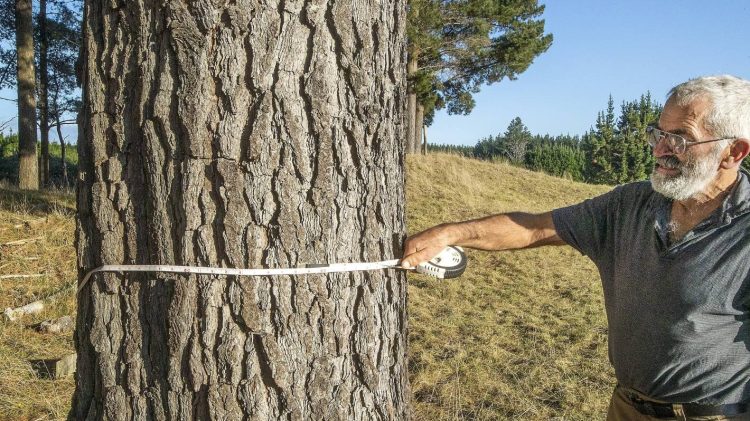제임스 쇼 (James Shaw) 기후변화부 장관이 목요일 탄소 배출권 거래제에 대한 정부의 의도에 대한 신뢰를 회복하기 위한 것으로 보이는 성명을 발표한 후 탄소 배출권 가격이 강하게 회복되고 있는 것으로 보입니다.
탄소 배출권 가격은 정부가 작년 말 기후 변화 위원회 (Climate Change Commission) 의 권고를 받아들이지 않고 크레딧을 발행하는 최저 가격을 인상하고 공급을 늘려야 한다는 권고를 받아들이지 않은 후 3월 말에 최저 수준인 약 54.40달러까지 하락하여 연간 최고치인 88.50달러를 크게 밑돌았습니다.이로 인해 정부가 제공한 크레딧이 예비 가격에 도달하지 못하면서 3월에 탄소 배출권 경매가 실패했습니다.쇼는 정부가 목요일에 발표한 위원회의 조언을 업데이트했다고 밝혔다. 위원회는 ETS의 설정을 강화해야 한다는 원래의 조언을 “내각의 결정에 지침이 될 것”이라고 강력히 강조했다.
솔트 펀드 매니지먼트 (Salt Funds Management) 탄소 펀드 매니저 폴 해리슨 (Paul Harrison) 은 지난 주 정부가 이전에 시장에 보낸 메시지에서 실수였다고 평가한 내용을 바로잡기 위해 이와 같은 내용의 성명을 발표할 것으로 전망했으며, 쇼의 발언은 “아마도 사람들의 신경을 진정시킬 것”이라고 말했다.
목요일 아침 구매자들은 중매 시장에서 탄소 배출권에 대해 60 달러를 제안했지만 제안은 대부분 소진되었으며 최저 가격은 67 달러에 달했다고 그는 말했다.
쇼는 공무원들이 이제 위원회의 최신 권고안을 검토하고 장관들에게 추가 조언을 제공할 것이라고 말했다.
탄소 시장에 대한 신뢰가 흔들리면서 기후 이니셔티브에 자금을 지원하기 위해 배정된 올해 탄소 배출권 경매에서 정부의 13억 달러 수입원이 차단될 위기에 처했습니다.
기후변화위원회 (Climate Change Commission) 의 로드 카 (Rod Charr) 위원장은 정부가 원래 3월에 받았을 최신 보고서에서 ETS의 현재 가격 설정으로는 ETS가 “예상만큼 효과적으로 기능할 수 없다”고 솔직하게 밝혔습니다.또한 ETS 설정을 Aotearoa New Zealand의 배출 예산 및 목표와 일치시킬 것입니다.” 라고 Carr는 말했습니다.
크레딧: stuff.co.nz





























































